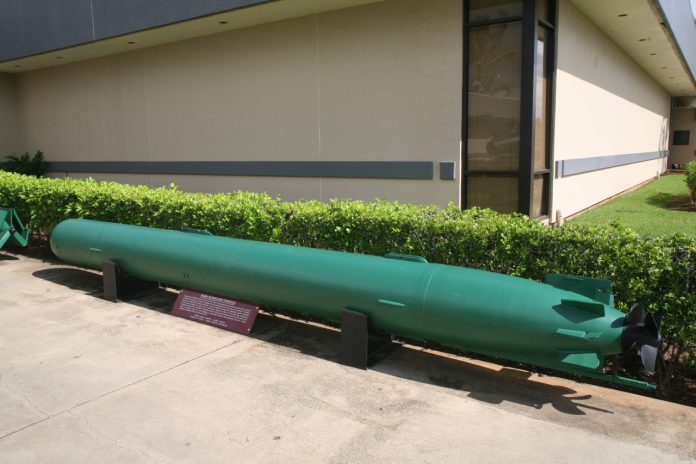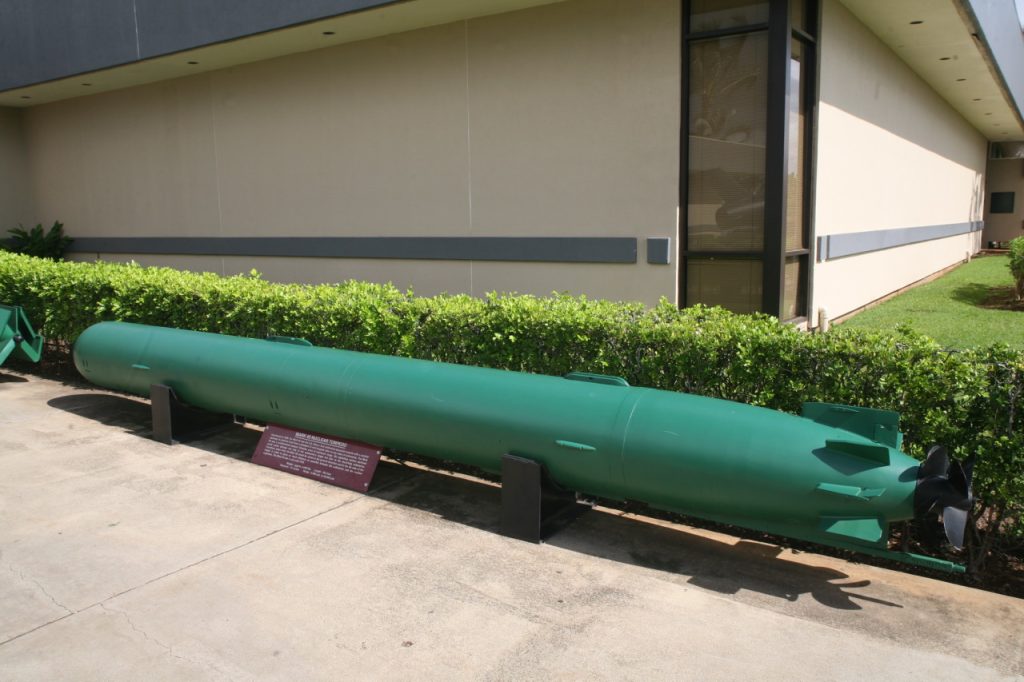
One. Nuclear-armed torpedo to put whole states. This is the argument now coming out of Moscow. Russia’s announcement of the recent successful test of the Poseidon nuclear-powered underwater drone has reopened controversy among defense experts and policymakers regarding the new face of strategic deterrence. The weapon, which Russian officials characterize as having no known countermeasure, is being offered as a technological jump that would be able to bypass current missile defense systems and produce devastating environmental and military consequences.
The Poseidon, or Status-6, is not just another piece in Russia’s arsenal; it is a declaration of intent in the growing rivalry among nuclear nations. Its ability to produce radioactive tsunamis, skirt anti-ballistic missile defenses, and attack coastal targets has been compared to doomsday ideas in the Cold War era. However, under the bluster, questions linger regarding its operational reality, strategic intent, and legal ramifications under international law. This listicle discusses the most important aspects of the Poseidon program, ranging from technical specifications to geopolitical implications.
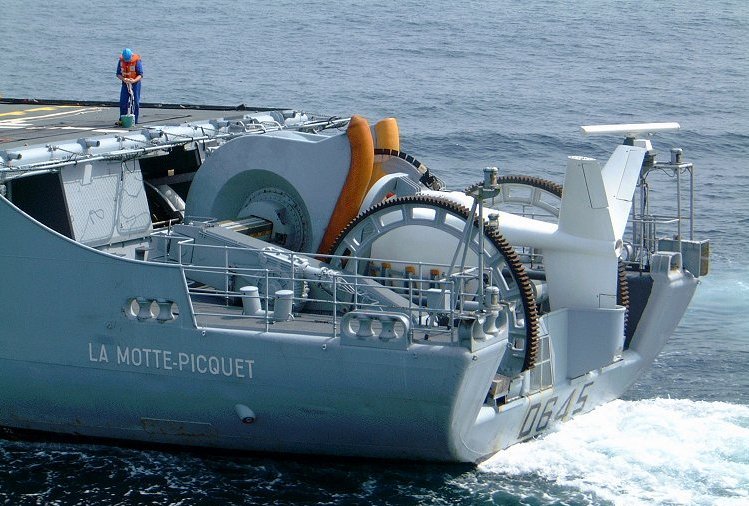
1. Nuclear-Powered Propulsion and Unlimited Range
The Poseidon’s signature trait is its small nuclear reactor, which gives it a theoretical range of 10,000 km. While battery-powered unmanned underwater vehicles are limited by the need to refuel at intercontinental ranges, Poseidon’s capability to perform at intercontinental ranges without needing refueling would allow strikes far beyond Russia’s immediate maritime border. Depths of operation up to 1,000 meters and speeds of over 54 knots reportedly sources claim even 100 knots would make it faster and deeper than conventional torpedoes.
This drive system also makes detection more difficult. Fitted with acoustic countermeasures and SONAR evading technologies, Poseidon would be able to navigate across oceans with little to no exposure to anti-submarine warfare resources. The unlimited range effectively eliminates the strategic calculations based on geographic limitations on submarine-launched weapons as being largely obsolete.
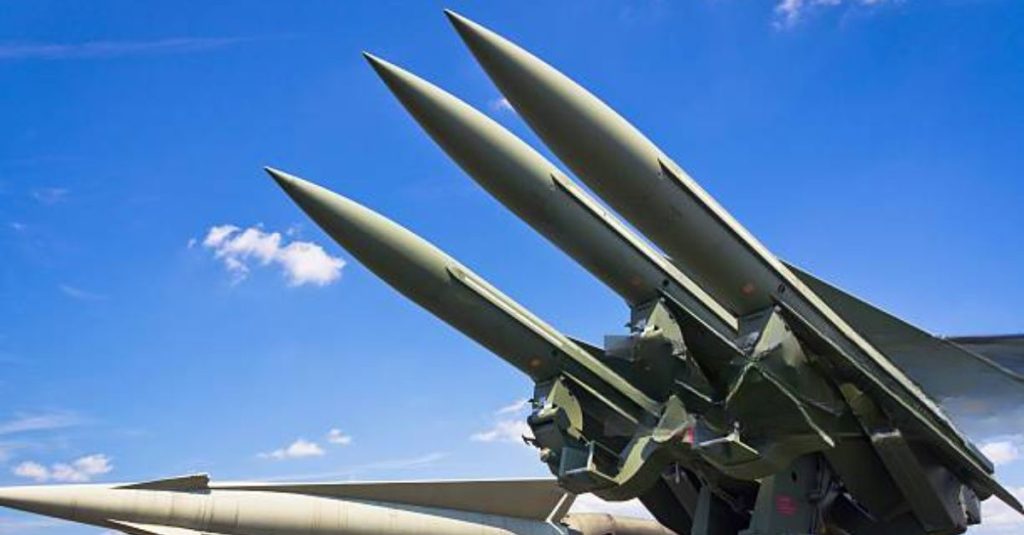
2. Catastrophic Payload Potential
Russian press and Western observers indicate that Poseidon might have a warhead capacity of 100 megatons, but most experts estimate a more realistic yield on the order of low megatons. The rumor that it might be a cobalt bomb, to create maximum long-term radioactive fallout, has increased environmental fear. A detonation would make regions of about 1,700 by 300 kilometers uninhabitable, generating what some have called a “nuclear tsunami.”
Even without cobalt enhancement, such a payload would be unmatched in naval warfare. The weapon’s capability for destruction is exaggerated by President Putin as being beyond the power of Russia’s best intercontinental missile, the Sarmat, highlighting its role as a psychological and strategic deterrent.
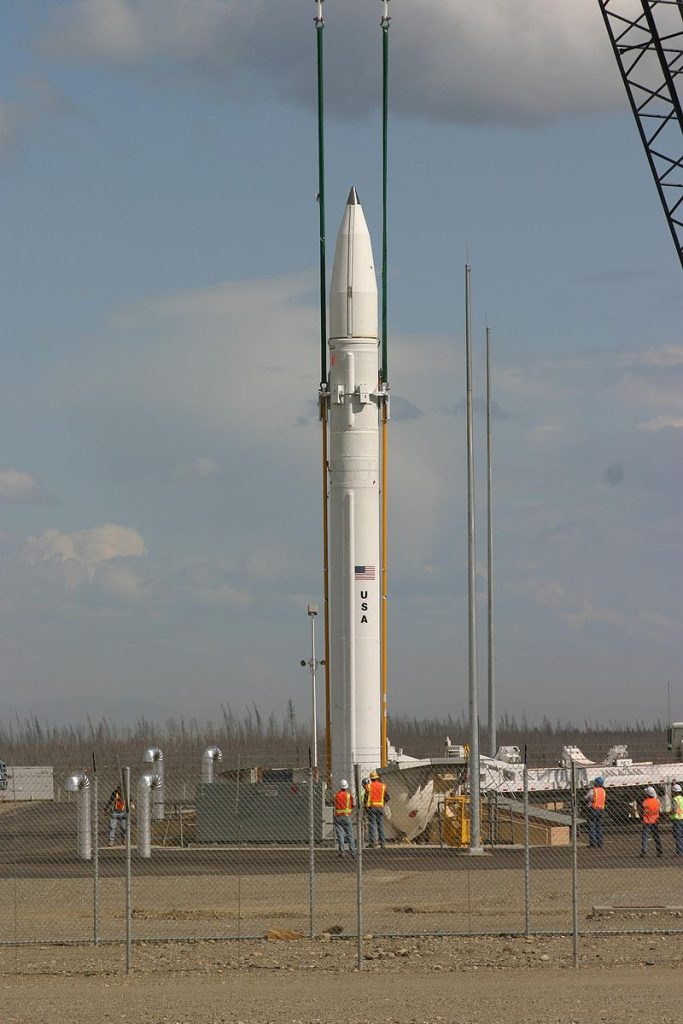
3. Strategic Deterrence and Missile Defense Evasion
The evolution of Poseidon is directly associated with the Russian perception of U.S. missile defense deployment after Washington’s pullout from the 1972 Anti-Ballistic Missile Treaty. Since Poseidon strikes from under the sea level, it evades missile interceptors used for air threats. Its autonomous navigation and extreme depth make current anti-submarine systems unlikely to intercept it.
This ability is not merely the destruction of physical targets; it is a strategic decision aimed at eroding faith in investments in missile defense. Such systems, as the Euro-SD analysis points out, compel opponents to rethink their strategic stance, making them potentially affect arms control talks.

4. Multi-Role Targeting Doctrine
Formally outlined as an “Oceanic Multipurpose System,” Poseidon is designed for both strategic and tactical use. Strategic missions include attacks on coastal cities and naval bases, and tactical options might include disabling carrier strike groups. The Belgorod submarine, Russia’s largest, is said to be able to carry as many as six Poseidons, with further submarines being developed.
This multi-role versatility is consistent with Russia’s overall nuclear doctrine, which continues to place focus on non-strategic nuclear weapons for the termination of war under certain circumstances a stance frequently characterized in Western literature as “escalate to de-escalate.”
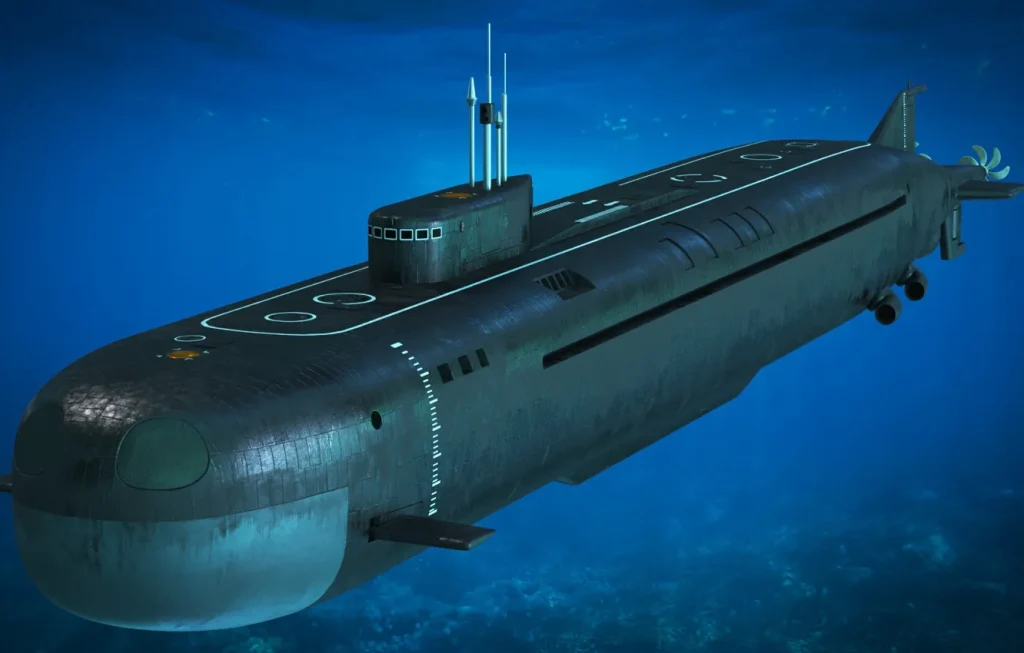
5. Deployment Platforms and Force Structure
The first deployment platform, the K-329 Belgorod, has been specially adapted to fit Poseidon’s dimensions and launch needs. Future boats like the Khabarovsk will likely increase coverage. Intelligence suggests Russia plans to make at least 30 Poseidon units, spread across four submarines.
This force structure would allow for simultaneous patrols across more than one theater, making NATO anti-submarine warfare planning more difficult. The threat of seabed launch variants, as hinted at by open-source imagery, introduces another element of uncertainty into deployment postures.

6. Environmental Weaponization Concerns
International law scholars have sounded warnings that Poseidon’s concept of operations could contravene the Environmental Modification (ENMOD) Convention and Additional Protocol I to the Geneva Conventions. By intentionally manipulating oceanic processes to inflict large-scale, long-term, and devastating damage, like radioactive tsunamis, Poseidon would be an illegal weapon according to the law of armed conflict.
U.S. Naval War College Professor Raul Pedrozo has responded that to weaponize the natural environment in this way “overlooks the difference between the enemy’s military forces and the civilian population” and hence makes Poseidon unlawful in and of itself.
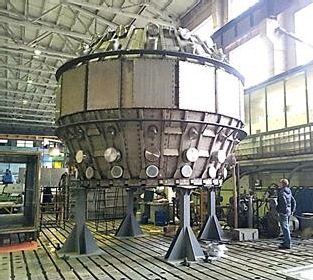
7. Historical Precedents and Abandoned Concepts
The concept of a huge nuclear torpedo has been around for some time. The T-15 project, a 40-ton battery-driven torpedo to attack U.S. naval bases, was proposed by the Soviet Union in the 1950s. Physicist Andrei Sakharov later came up with the notion of a 100-megaton nuclear-driven torpedo in the days of the Tsar Bomba. Both ideas were ultimately abandoned based on practical reasons and the development of submarine-launched ballistic missiles.
Cold War studies also showed that underwater explosions would not consistently generate tsunamis, and that cobalt bombs provided no compelling military benefit compared to cleaner thermonuclear weapons.
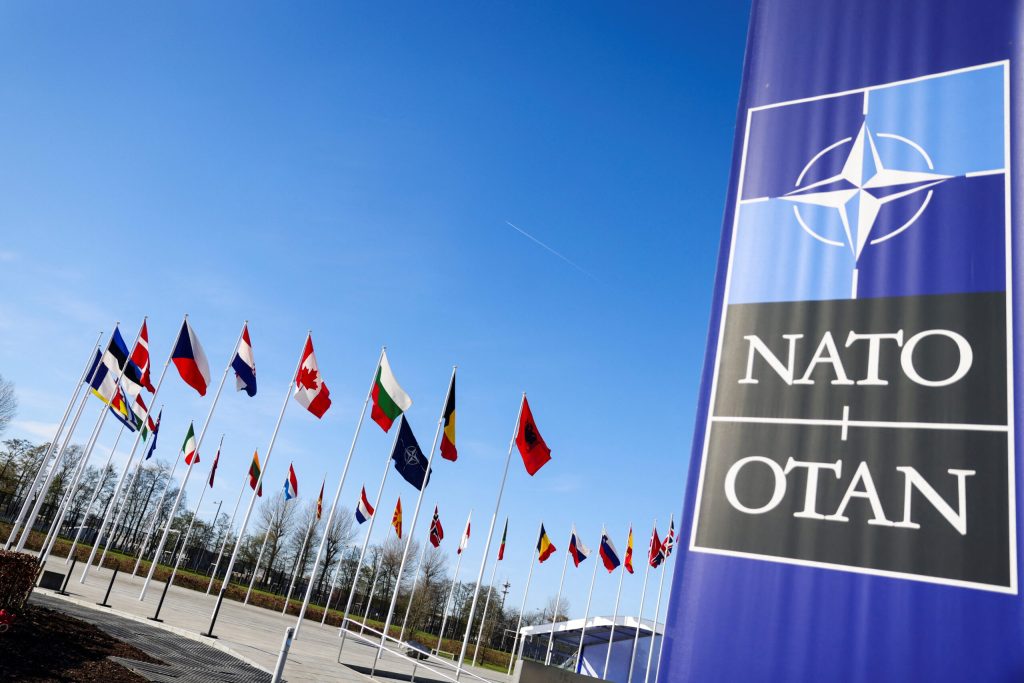
8. Psychological Warfare and Signaling
Most analysts consider Poseidon more as a psychological weapon than a physical one. Its very presence or seeming presence constitutes nuclear signaling to both home and foreign audiences. The uncertainty regarding its actual capabilities creates rumor and terror, which can be used in diplomatic circles.
This is a reflection of past Soviet strategic deception, including symbolic demonstrations of weapon systems for purposes of impacting NATO threat perception. Operating or not operating, Poseidon cannot be denied its impact on enemy perceptions.

9. Arms Control Implications
Poseidon is not included in existing New START ceilings, providing Russia with a possible bargaining tool in future negotiations on arms control. By presenting a new delivery system beyond treaty limits, Moscow can lever Washington into talking about missile defense caps or other strategic matters.
This dynamic is reminiscent of previous eras when unorthodox systems were employed to drive leverage in bilateral talks, making the already tenuous equilibrium of deterrence even harder to maintain.
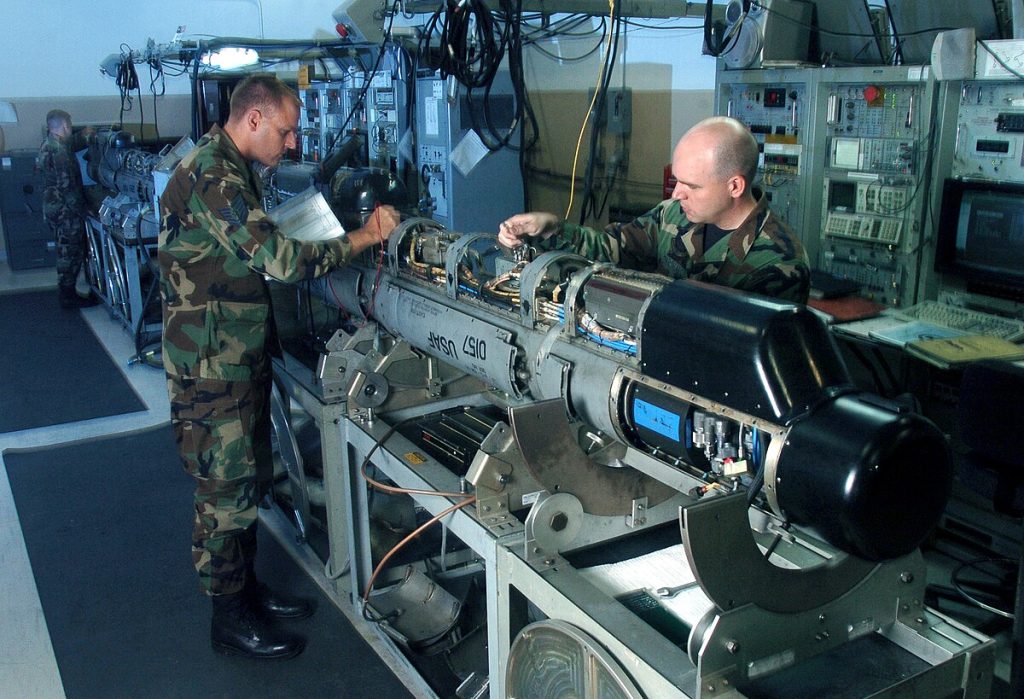
10. Challenges for Countermeasures
To neutralize Poseidon, breakthroughs would be needed in deep-water detection, high-speed interception, and persistent surveillance over wide ocean regions. Existing NATO anti-submarine warfare capabilities are designed for conventional submarines, not autonomous nuclear-powered drones at extreme depths and velocities.
Creating effective countermeasures would take a large commitment of investment in undersea sensor networks, unmanned interceptors, and rapid-response platforms capabilities that exist in limited and inequitably distributed forms among allied navies.
The Poseidon nuclear torpedo represents technological hubris and strategic theater alike. Whether it is a nascent weapon or partially the creation of strategic rhetoric, its deployment into Russia’s arsenal indicates a transformation of undersea deterrence ideas. For defense planners, the issue is not merely countering its physical menace but also threading the psychological and diplomatic waters it creates. Among the changing game of naval nuclear power, Poseidon has already completed one of its core mandates: making the world sit up and notice.
